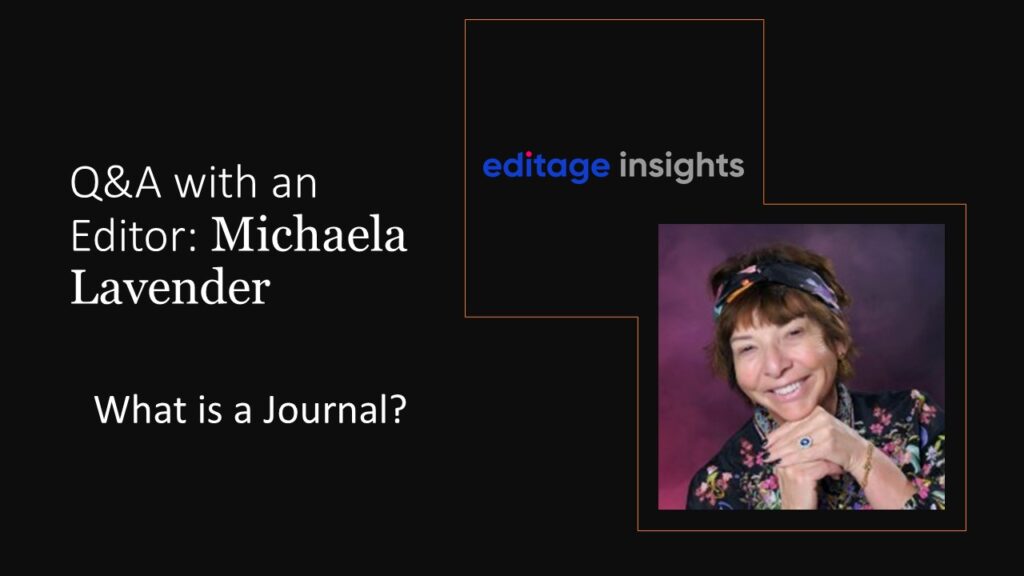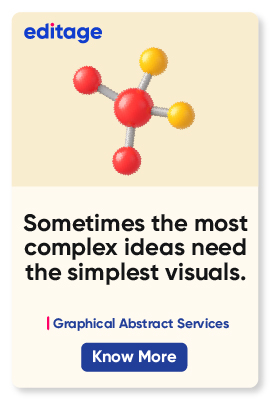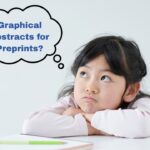Graphical abstract examples: Ideas to help you create a visual abstract

A graphical abstract, also known as a visual abstract, is a powerful means of accelerating science communication, by facilitating the transfer of scientific knowledge to policymakers, researchers in other disciplines, practitioners, and the general public (Krukowski & Goldstein, 2023). But, creating a graphical abstract isn’t always easy. We’ve outline several tips and guidelines you can follow in our previous articles, and in today’s post, we’ll look at practical examples of graphical abstracts and what makes them effective.
Graphical abstract examples
Example 1: Background colors and minimal text
In the above example, you can see how using arrows with minimal text and blocks of solid colors make it easier to understand the flow of the study and key findings.
Example 2: Image size and use of schematics
Schematics can be powerful tools to convey a lot of information in as few words as possible, and optimizing your use of space. In this example, readers can quickly understand the mechanisms involved in hypoxic ischemic brain damage.
Example 3: Use of 3D images and arrangement of elements
In this example, 3D images add a dynamic touch to the graphical abstract, improving visual appeal. By arranging elements and text to flow left-right, the designers have also made the sequence of the study easy to understand.
Wrapping up
As you can see from the above graphical abstract examples, there’s no one-size-fits-all approach for designing a graphical abstract. The design you choose highly depends on the kind of study you’re conducting and what you perceive are the most important takeaways for your readers. So prioritize readability and functionality when creating a graphical abstract, to make sure your findings are correctly conveyed and your study has the impact you want.
Looking to make your research more impactful? Check out Editage’s Graphical Abstract Design Services and get professional support to make your research stand out.















